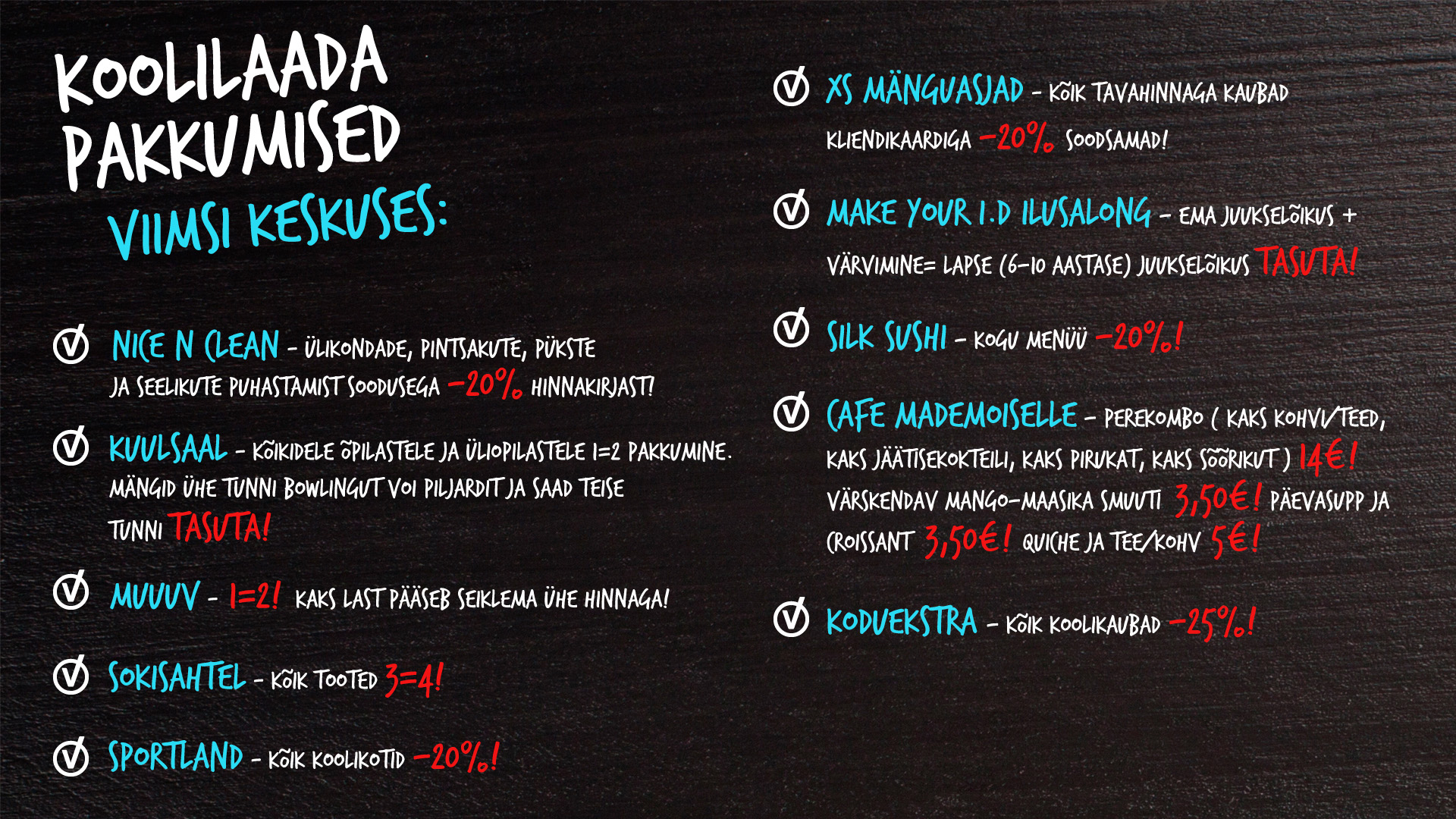

It’s said, not altogether seriously, that the favourite sport among Estonians is barbecuing. But why not? It’s something you do in groups in the great outdoors, and on top of everything else it has the benefit of filling your belly. Just as in sport, however, not everyone’s results are the same – years of ‘training’ can see a barbecue guru produce some truly tempting results, while others luck out by choosing the wrong approach or for some other unexpected reason. We asked the specialists how they achieve world-class results in barbecuing.
What meat should you go for?
Paavo Villako, manager of Black Angus gourmet butcher’s at Viimsi Keskus shopping centre, says just about all types and cuts of meat can be barbecued, but that taking certain nuances into account will produce the best results.
2. Pieces of meat with a lot of fat in them produce a lot of flames, especially when combined with an oily or runny marinade. That’s why you should flavour streaky cuts, duck fillets and the like as ‘drily’ as possible. To avoid anything that will go up in flames easily from dripping onto the coals, use aluminium foil or, if your barbecue has one, a cooking plate.
3. Go for meats that are tender and quick to cook. The rule of thumb is that if the meat you’re using is normally used for stews or casseroles, it probably won’t make for good barbecuing. Things like pork knuckles (and bones you use in dishes like osso bucco), hind cuts of lamb or beef, oxtail, duck legs and soft pork ribs belong in a pot, not on the grill.
4. Bone-in quail, poussin and rabbit are only good for barbecuing if baked first. If not, the different parts of the meat won’t cook through evenly.
Barbecuing is normally done at a relatively high temperature for a relatively short time. As such, Villako says cuts of meat that cook quickly without losing any of their juiciness at high temperatures are perfect for throwing on the grill – pork cutlets, beef entrecote or striploin, lamb chops or cutlets and chicken thighs. “Meat that’s tender or really low in fat, like chicken, lamb and pork fillets, is best barbecued on skewers with vegetables,” the expert explains.
Where possible, Villako recommends avoiding meat that’s been pumped with water before being marinated (information about which you’ll find on the packaging). “For a start, as the water evaporates the pieces will shrivel up while they’re being grilled, and apart from that a bunch of stuff you don’t need is added during marination to balance out the flavour,” Villako says.
How you prepare the meat for barbecuing, how you flavour it, the grilling technique you use and the time it takes all depend largely on what it is you’re using. The universal constant here is to make sure the barbecue is hot enough before you put the meat on to grill – that way you’ll ensure the juiciest results. Certain cuts, like beef steaks, generally aren’t flavoured with anything other than salt and pepper. With high-quality steaks no more than a few minutes of grilling is needed, turning them once.
“Chicken and pork ought to be marinated,” advises Villako. “What you use for your marinade is only limited by your imagination, and the shops in Estonia these days offer a wide range of really interesting options. Marinades based on a particular berry have really taken off in recent years, with things like cherry and cranberry and blackcurrant being really popular. You can even let yourself be inspired by cocktails – Bloody Mary, mojito, whatever you like. If you’re making a marinade yourself, just remember that it should be acidic enough and that fattier pork needs a much saltier marinade than poultry.”
Villako says that kebabs are easiest and most effectively grilled on skewers, which ensure that they’re cooked through evenly. In any event, he advises, avoid overcooking your meat, since it will dry out and the flavour from the marinade will be lost. “There’s no one rule about checking whether meat’s done, but instead of poking or cutting it you could try testing it by how elastic the meat is: if it’s still bleeding, it’s raw; if there’s a good bit of elasticity to it, it’s cooked through; and if it’s as tough as old boots, your dog will love it!” he says. “But the best way of learning is always through experience, so happy barbecuing!”
What barbecue should you go for?
In addition to high-quality meat, proper grilling demands a high-quality barbecue. The choice is almost endless, so pick your favourite among charcoal, gas and smoke, or give the latest trend a go – kamado. Marko Arakas, creative and marketing manager with Kodu ja Köök at Viimsi Keskus shopping centre, has put together a table with all of the advantages and disadvantages of the different types of barbecue, hopefully making your choice a little easier.
How do different barbecues stack up?